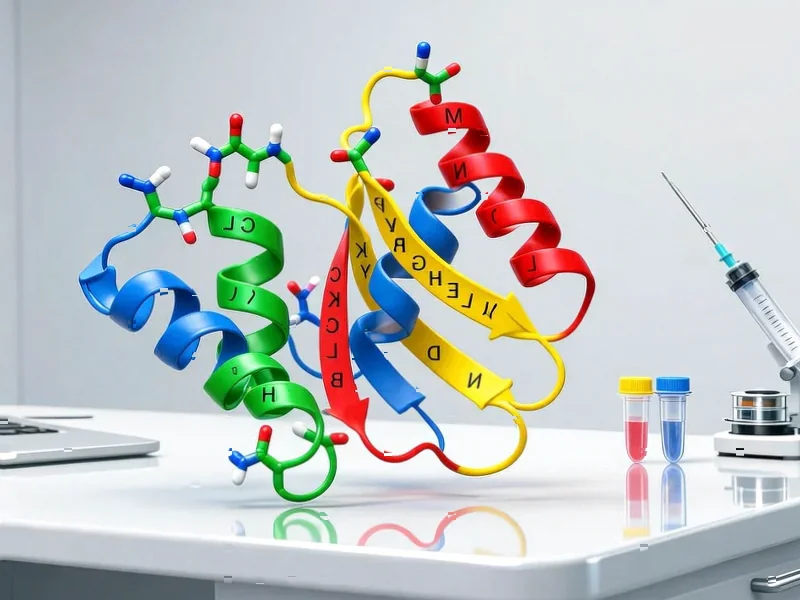According to ScienceAlert, sections of DNA once dismissed as dormant and useless could be recruited to fight drug-resistant blood cancers like myelodysplastic syndrome and chronic lymphocytic leukemia. An international team led by King’s College London researchers discovered that mutations in ASXL1 and EXH2 genes reactivate transposable elements – mobile DNA sequences that can insert themselves throughout the genome – creating cellular stress that makes cancer cells dependent on PARP repair proteins. Using mouse models and human cancer cells, researchers found that PARP inhibitor drugs effectively killed these cancers while sparing healthy cells. Biologist Chi Wai Eric So from KCL stated this discovery “offers new hope for patients with hard-to-treat cancers by using existing drugs in a completely new way.” This research opens exciting new therapeutic possibilities.
The Paradox of Cellular Stress
What makes this approach particularly clever is how it turns cancer’s own survival mechanisms against itself. Cancer cells already operate under significant stress due to their rapid, uncontrolled growth and genomic instability. By reactivating transposable elements that further destabilize their DNA, researchers have essentially pushed these cells beyond their breaking point. The cancer’s desperate attempt to manage this additional stress creates a unique vulnerability – dependence on PARP proteins becomes their Achilles’ heel. This represents a sophisticated understanding of cancer biology where we’re not just targeting the cancer itself, but manipulating its environment to make it more fragile.
Broader Implications Beyond Blood Cancers
The potential applications extend far beyond the two blood cancers mentioned in the original research. Many solid tumors develop similar dependencies on DNA repair pathways as they accumulate genetic damage. What’s particularly promising is that PARP inhibitors are already FDA-approved for treating ovarian, breast, pancreatic, and prostate cancers with specific mutations, meaning we have extensive safety data and clinical experience with these drugs. The real breakthrough here is identifying a new biomarker – transposable element activation – that could expand the use of existing therapies to patient populations who currently have limited options.
The Diagnostic Challenge Ahead
One significant hurdle this approach faces is detection and patient selection. How do clinicians identify which patients have cancers with activated transposable elements? Current genetic testing focuses on protein-coding mutations, but detecting non-coding DNA activity requires different methodologies. Developing reliable, cost-effective diagnostic tools to screen for this specific vulnerability will be crucial for translating this research into clinical practice. Without precise biomarkers, we risk treating patients who won’t benefit while missing those who would.
Long-Term Safety Concerns
While the research shows healthy cells were “mostly left alone,” that qualification deserves serious attention. PARP proteins play essential roles in DNA repair throughout the body, and long-term suppression could have unforeseen consequences. We’ve seen similar issues with other targeted therapies where initial excitement was tempered by emerging side effects after broader clinical use. Additionally, activating transposable elements carries theoretical risks of inducing new mutations in healthy tissues, though the research suggests this occurs primarily in the already-genomically-unstable cancer environment.
Evolutionary Perspective on Junk DNA
This research continues the dramatic reevaluation of what we once dismissively called “junk” DNA. Transposable elements make up nearly half our genome and have been with us through millions of years of evolution. Their persistence suggests they serve important functions, even if we’re only beginning to understand them. The fact that cancers reactivate these ancient elements highlights how disease often co-opts fundamental biological processes. Understanding how these elements function in both health and disease could reveal much about human biology beyond cancer treatment.
Clinical Translation Timeline
Moving from laboratory findings to patient treatments typically takes 5-10 years, even with promising results. The researchers appropriately note that more validation is needed, particularly in animal models that more closely mimic human disease progression. For conditions like chronic lymphocytic leukemia, where treatment options have expanded dramatically in recent years, this approach would need to demonstrate superiority or complementary benefits to existing therapies. The most immediate application might be in treatment-resistant cases where standard options have failed.
Broader Cancer Biology Implications
This research represents a shift in how we think about cancer vulnerabilities. Instead of focusing exclusively on the proteins cancer cells produce, we’re now looking at the collateral damage their rapid growth creates. The concept of “synthetic lethality” – where combining two non-lethal defects becomes fatal to cancer cells – has been successful in other contexts, but applying it to non-coding DNA represents new territory. As we learn more about cancer genomics, we’re likely to discover many more such vulnerabilities hidden in parts of the genome we previously ignored.





Thank you for your sharing. I am worried that I lack creative ideas. It is your article that makes me full of hope. Thank you. But, I have a question, can you help me?